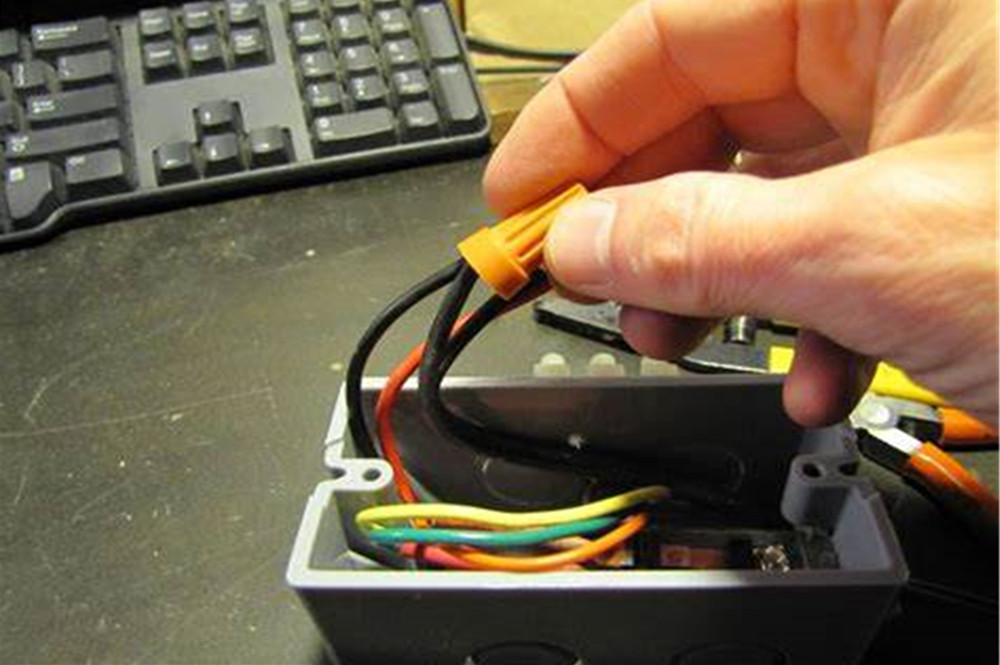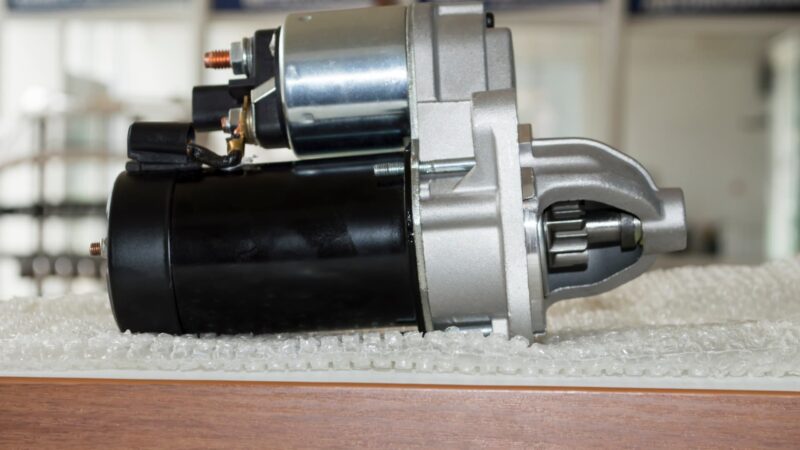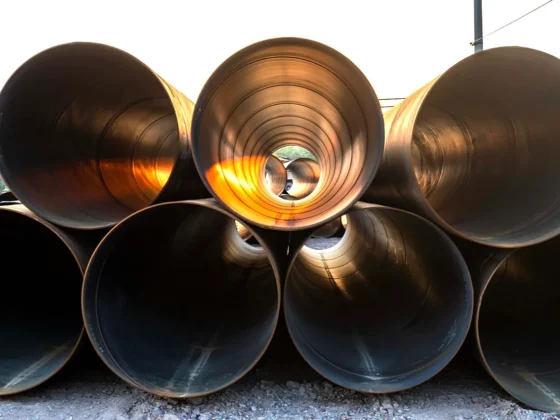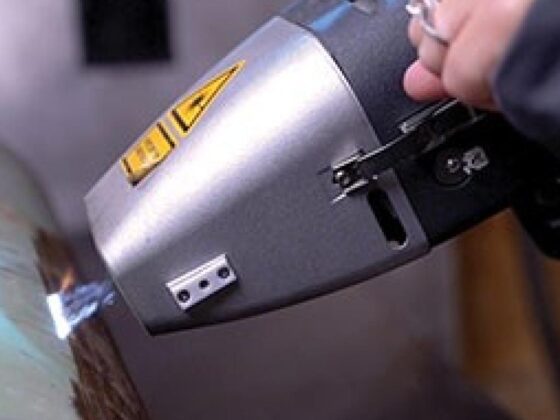Having a faulty starter motor can be a troublesome issue for any vehicle owner. It can cause the car to fail to start, or not respond when you turn the ignition key.
In this article, we will explore some of the common issues associated with starter motors and offer solutions for resolving them. Well, look at ways to diagnose problems to identify whether they are due to your starter motor or another part of your car’s system.
We will also provide tips on how best to repair and maintain your starter motor to minimize future issues.
Weak or Dead Battery
When it comes to a faulty starter motor, one of the most common issues is a weak or dead battery. Without enough power from your battery, your starter motor will not be able to turn over and start up your vehicle.
If you find yourself in this situation, there are several steps you can take to try and resolve the issue before seeking professional help. First, check for any corrosion on the terminals of the battery itself as well as other connections like those found at the alternator or starter solenoid that could be preventing an adequate electrical current from reaching the starter motor.
Clean off any corrosion with baking soda and water solution then use a multimeter set on DC voltage range setting to measure how much juice is left in your battery; 12-14 volts should indicate sufficient charge while 10V or lower may require charging or replacing entirely. If cleaning away corrosion does not resolve the issue then examine the wiring for signs of wear such as broken strands of wire insulation which can cause shorts leading back to either a bad ground connection or an open circuit elsewhere in a system such as an ignition switch assembly that needs repair/replacing.
It’s also possible that worn brushes inside the starter motor have lost contact with the armature causing it not to receive enough electricity necessary for starting the engine; if so then complete replacement might be required instead of just trying to recharge it again due to potential damage caused by excessive heat buildup during failed attempts at turning over engine.
Loose Wiring Connections

Loose wiring connections are a common issue with starter motors and can lead to an array of problems. Poor connection between batteries, switches, relays, and solenoids may result in low voltage or no power being supplied to the starter motor.
Mechanics need to inspect all wires connected to the starter motor for any signs of wear or tear like fraying insulation, corrosion on terminals, and loose connections. Faulty wiring can be easily identified by using a voltmeter or ohmmeter as well as visually inspecting the connections.
Mechanics should not only check each wire but also ensure that all electrical components within the circuit are correctly wired according to specifications to avoid further complications down the line.
Clean and Inspect the Solenoid Contacts
When inspecting the solenoid contacts, it is important to look for signs of corrosion or other damage. Use a flashlight and magnifying glass to thoroughly examine all connectors and wiring.
If any problems are found, be sure to replace the corroded parts with new ones before continuing with the process. Also, check for any loose connections that could cause issues when attempting to start your vehicle. Tighten any loose screws or bolts if needed.
Finally, use a multimeter to measure continuity across each contact point to ensure that current can flow through them properly. This step will help diagnose potential faults in your starter motor and guide you toward fixing them effectively.
Replace the Ignition Switch Rebuild or Replace the Starter Motor

When it comes to starter motor issues, two common solutions are replacing the ignition switch or rebuilding or replacing the starter motor itself. Replacing the ignition switch is generally an easier solution and should be considered first if possible.
This involves removing parts of your car’s engine to access the ignition switch and swapping it out for a new one. It may take some time but can usually be done without much difficulty.
Rebuilding or replacing the starter motor is more difficult as it requires more complex steps such as removing and disassembling components before re-installing them in their correct places with a new part. In this case, you might need professional help from a mechanic who has experience in dealing with starter motors to ensure that everything is put back together correctly before trying to start your vehicle again.
Conclusion
The starter motor is an essential part of any vehicle and when problems occur, it can have a major impact on the performance of your car. Common issues with starter motors include bad connections, worn-out parts, or failed solenoids.
Fortunately, there are many easy solutions to these common problems that you can try at home without requiring professional help. Checking the connections and replacing worn-out parts can help restore the functionality of your starter motor quickly and efficiently.
If all else fails, then seeking out a professional mechanic or auto specialist may be necessary to diagnose and repair more severe issues with your starter motor.



